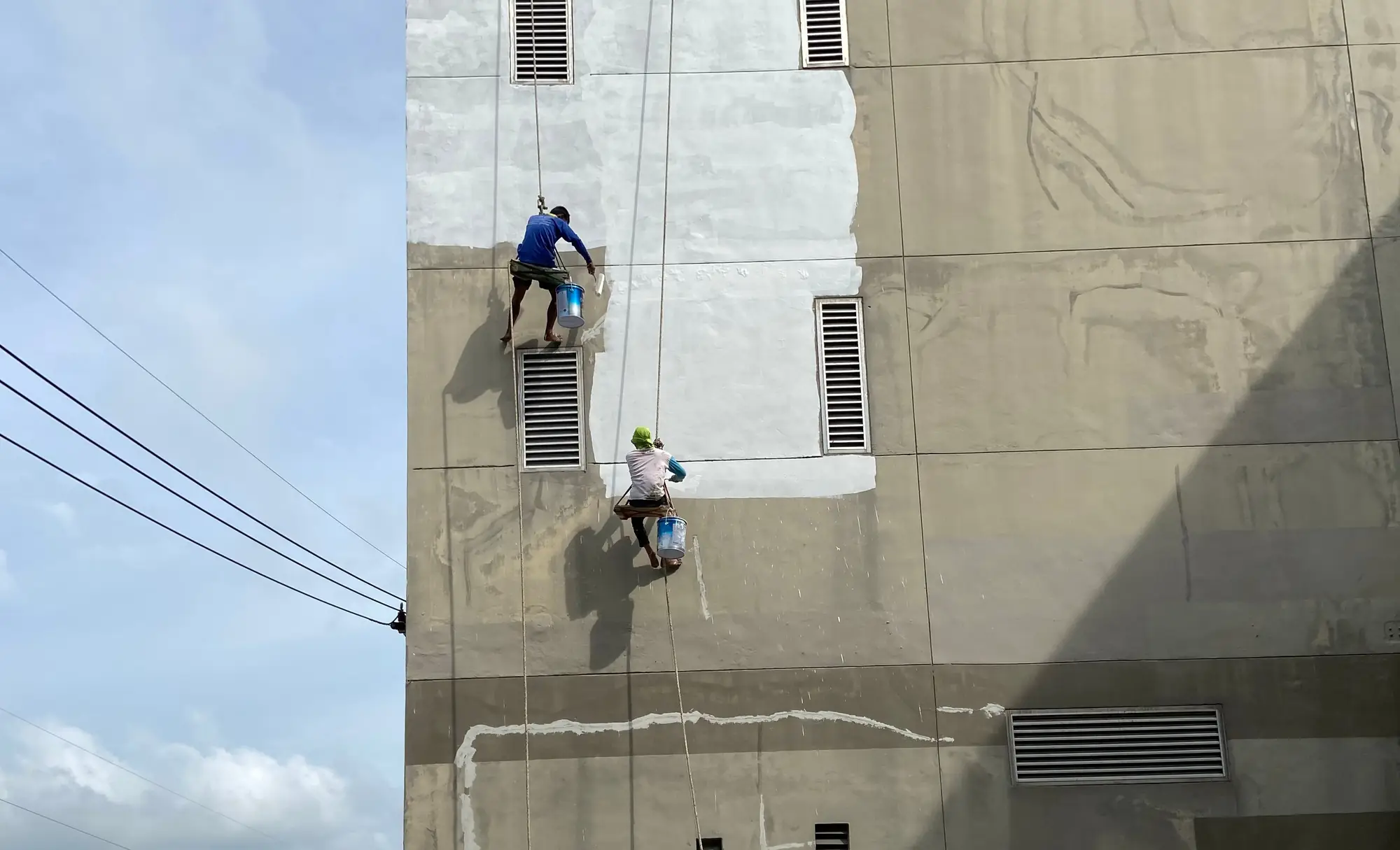Quality commercial painting that works around your schedule and protects your business reputation.
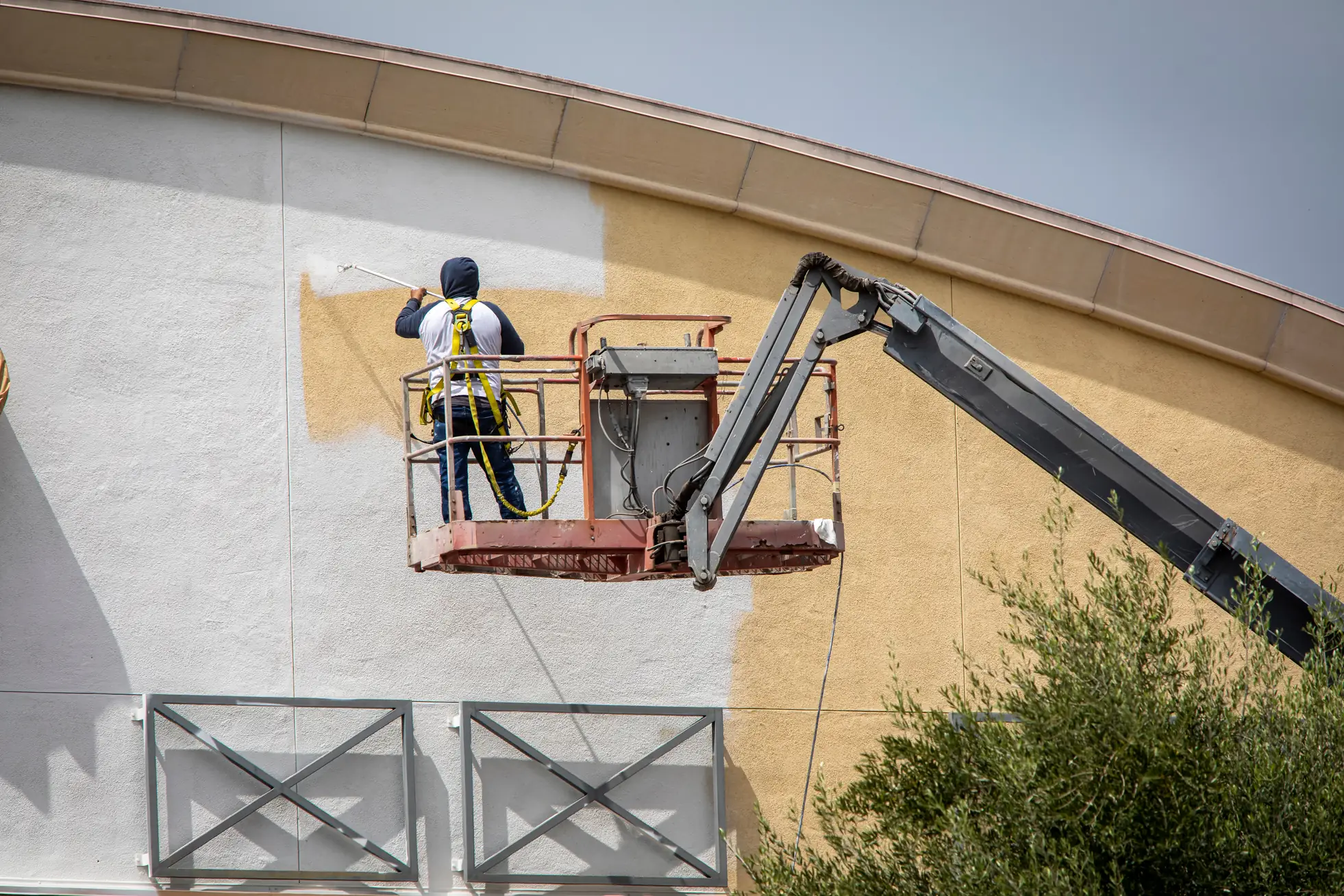
Hear from Our Customers
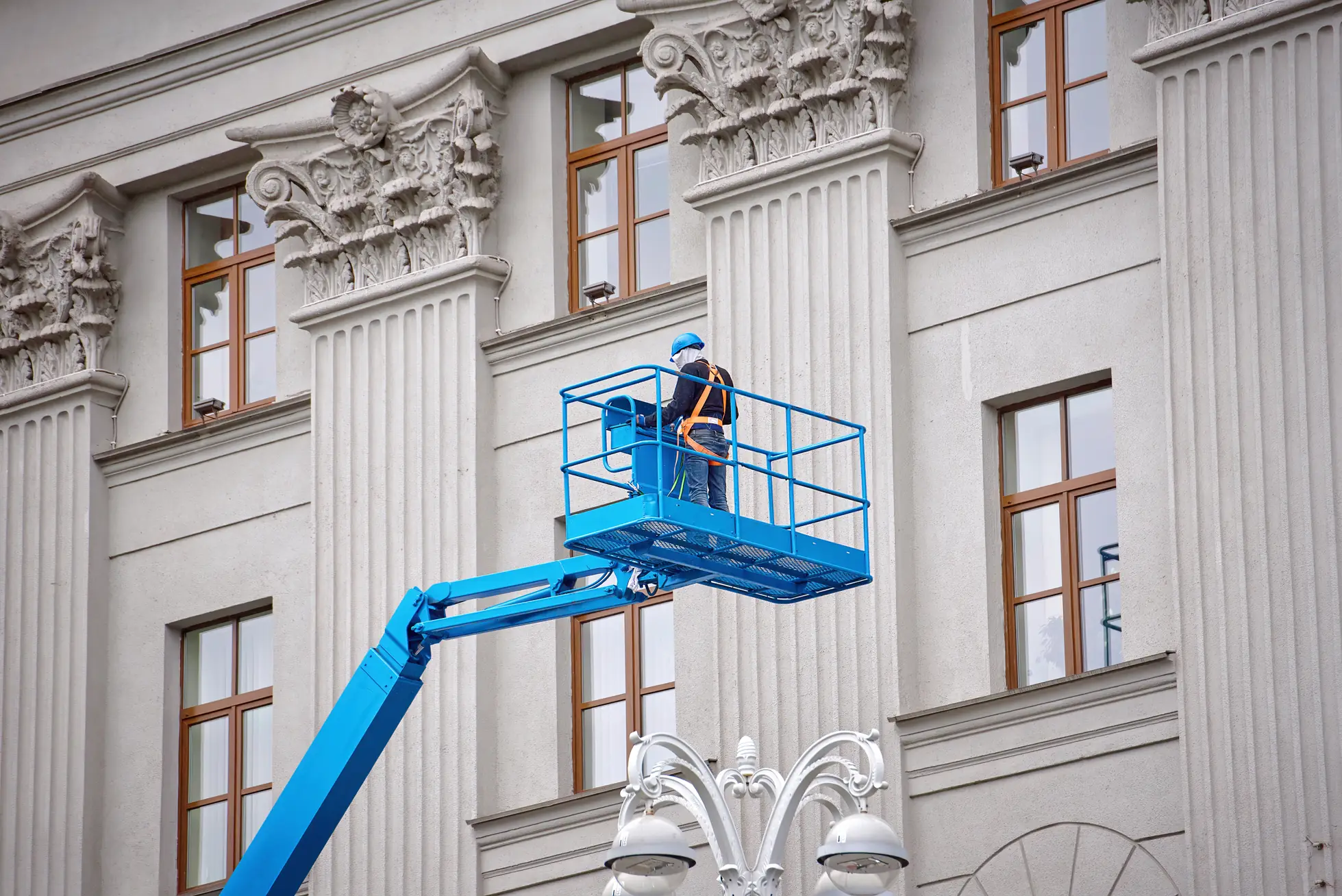
When your commercial space looks sharp, customers notice. Fresh paint isn’t just about appearance—it’s about protecting your investment and creating an environment that draws people in.
You get more than a paint job. You get a space that stands up to Estes Park’s mountain weather, maintains its professional appearance longer, and reflects the quality of your business. No peeling, fading, or touch-ups needed in six months.
The right commercial painter understands that your business can’t shut down for a week. That’s why scheduling matters as much as the actual painting. You need someone who works efficiently, keeps disruption minimal, and delivers results that justify the investment.
We serve Estes Park businesses with the kind of commercial painting experience that makes a difference. This isn’t residential work scaled up—it’s purpose-built commercial painting that understands your timeline, your customers, and your bottom line.
Being local means understanding how mountain weather affects paint performance and which products actually hold up here. It means knowing when tourist season hits and when you need projects completed. It means being available when you need service, not just when it’s convenient.
The difference shows in the details: proper surface preparation, commercial-grade materials, and crews trained to work around active businesses without creating chaos.
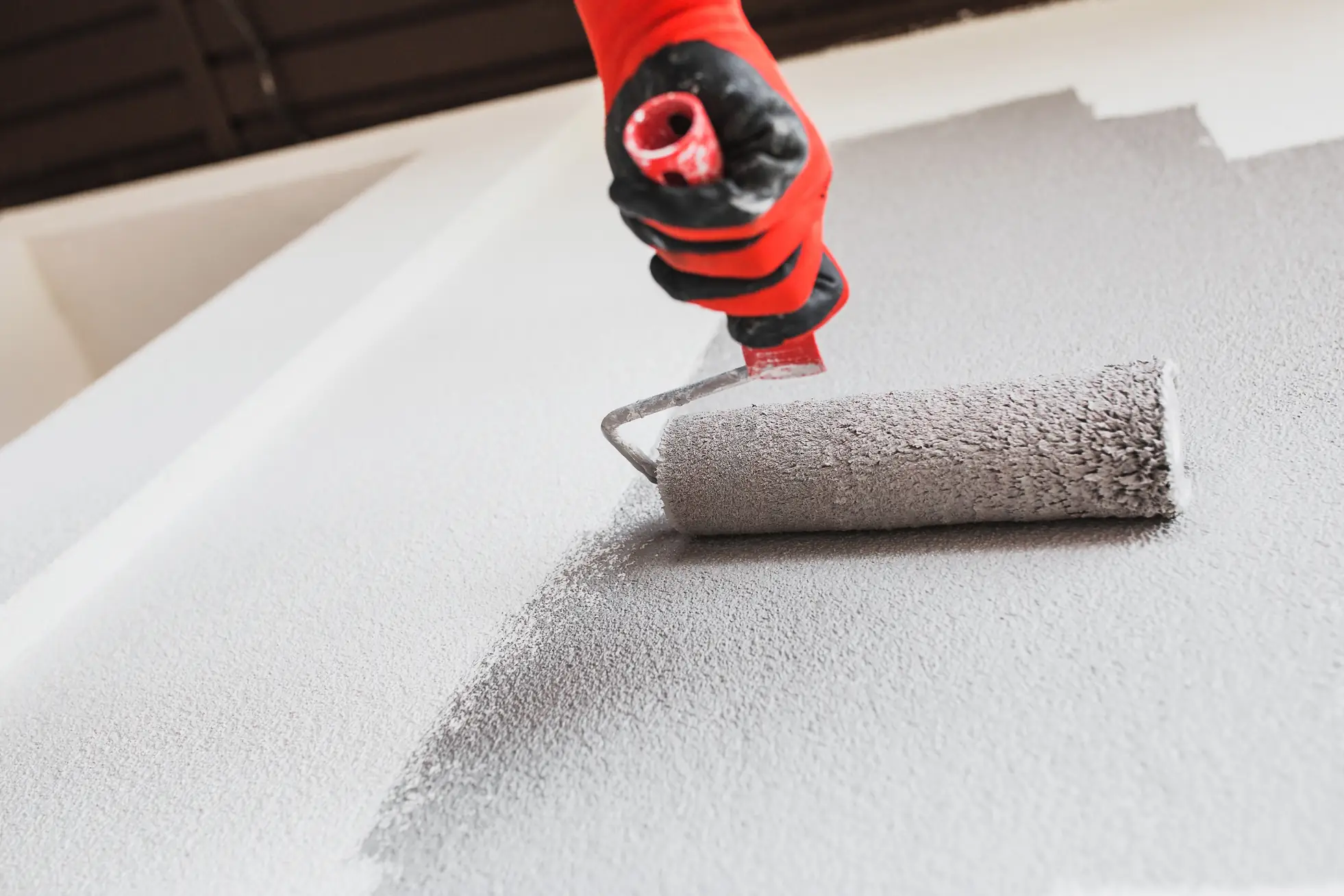
Every commercial project starts with an on-site assessment of your space, timeline, and specific needs. You get a detailed written estimate that breaks down materials, labor, and timeline—no surprises or hidden costs later.
We schedule around your business operations. Peak season? Weekend work? Early morning start times? The project plan accommodates your reality, not the other way around. Surface preparation comes first because it determines how long your paint job actually lasts.
During the work, expect professional crews who maintain clean work areas, use proper safety protocols, and minimize disruption to your daily operations. You’ll know exactly what’s happening when, and projects stay on schedule. Final walkthrough ensures everything meets your standards before the job is considered complete.
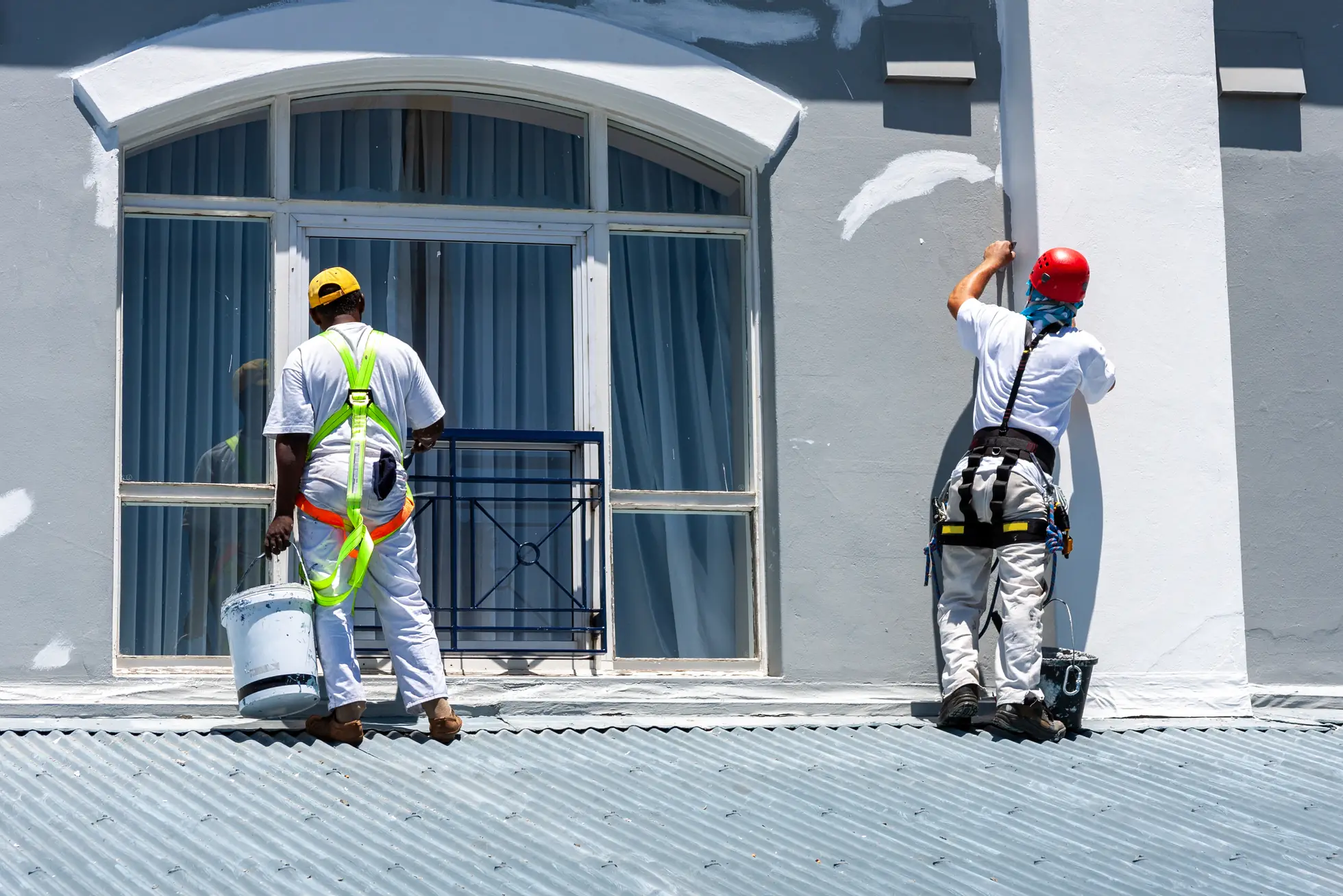
Ready to get started?
Our interior commercial painting covers offices, retail spaces, restaurants, hotels, and multi-unit properties. This includes wall preparation, primer application, finish coats, and detail work around fixtures, trim, and high-traffic areas. Special attention goes to durability in areas with heavy use.
Exterior commercial painting focuses on weather protection and curb appeal. Mountain conditions in Estes Park demand specific paint formulations and application techniques. Surface preparation includes power washing, scraping, caulking, and priming before any finish coats go on.
Both interior and exterior work includes color consultation, material recommendations based on your specific use case, and project scheduling that minimizes business disruption. You get commercial-grade materials designed for durability, not just appearance.
